Ho Chi Minh City's Independence Palace is an early French construction with unique architecture and was once considered the most beautiful villa in Asia. This was the most powerful building in Saigon (now Ho Chi Minh City) and is the symbol of the peace and territorial integrity of Vietnam. Due to its beauty and historical importance, the palace is one of the famous attractions in Ho Chi Minh City (HCMC).
1. The Location of The Independence Palace
The Independence Palace, also known as the Reunification Convention Hall or Reunification Palace, is a landmark designed by the architect Ngo Viet Thu and was the home and workplace of the presidents of the Republic of Vietnam. Currently, the palace is located at 135 Nam Ky Khoi Nghia - Ben Nghe Ward - District 1 - Ho Chi Minh City. Nguyen Thi Minh Khai Street is on the left, Huyen Tran Cong Chua Street is in the back, and Nguyen Du Street is on the right. It is also situated in a central location surrounded by nearby hotspots such as Notre Dame Cathedral, April 30 Park, Ben Thanh Market, Nguyen Hue Walking Street, and the city post office.
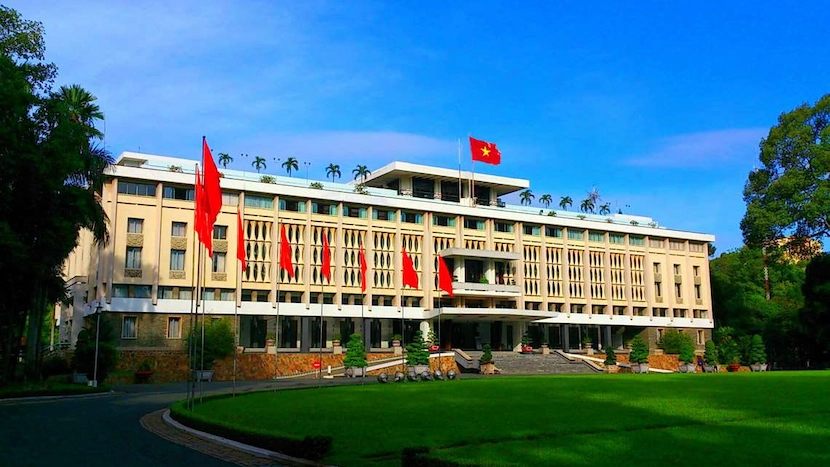
Until now, for more than 100 years, the name of the Independence Palace has been an indispensable part of Saigon or HCMC.
2. A Brief History of The Independence Palace
After occupying six provinces in Cochinchina from 1867 to 1868, Governor Lagrandiere laid the first stone in Saigon to begin construction of the Cochinchina Governor's Palace - designed by architect Elmeet - and named it Norodom. From 1887 to 1945, high-ranking French colonial officials used this place as their workplace and called it the Governor's Palace.

In March 1945, Japan defeated France, and the palace became the residence of the Japanese government; however, after Japan was defeated in September 1945, the French took over the palace again. They then returned the palace to the Ngo Dinh Diem government in 1954. In 1955, the Palace was officially renamed Independence Palace. Since then, it has been the symbol of the Government of South Vietnam and the residence of the President. The palace was destroyed by a bomb in 1962 and could not be restored. Thus, Ngo Dinh Diem decided to build a completely new mansion designed by architect Ngo Viet Thu in 1966.
In April 1975, the Independence Palace became the place to raise the victory flag of the Vietnamese army, marking the end of 20 long years of the Vietnam War. In 1976, it was recognized as a National Historical Site and honored as one of Vietnam's 10 special historical sites in 2009.
3. Architecture of the Independence Palace
The Independence Palace was designed and decorated to symbolize traditional philosophy, Eastern rituals, and the character of the Vietnamese state combined with modern architecture. The entire palace is designed in the shape of the word "Ji" in Chinese, which means luck, along with many feng shui characteristics The palace was designed on an area of 4,500 m², with a usable area of 20,000 m², including 3 main floors, 2 mezzanines, ground floors, 2 basements and 1 terrace for helicopters.
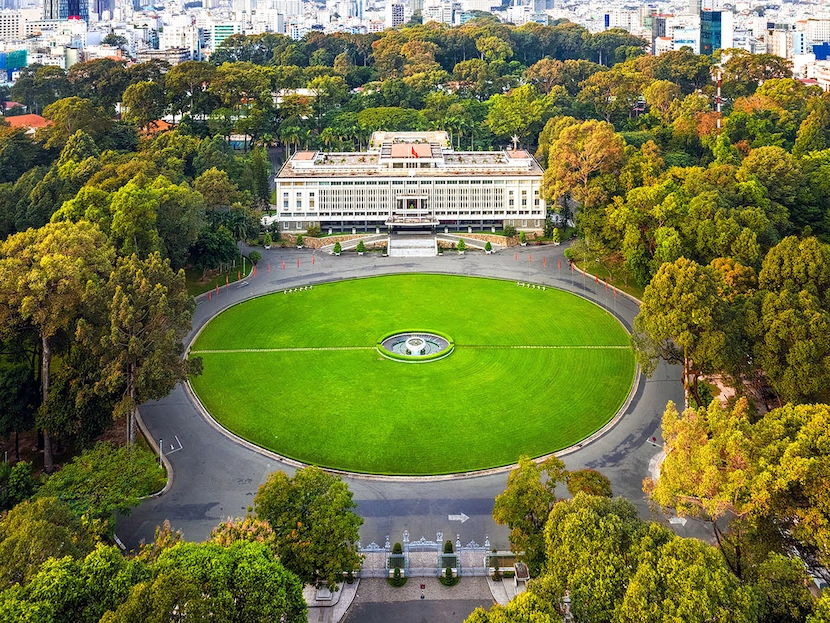
The Independence Palace has a total area of 120,000 square meters, a height of 26m, 8 floors, and is divided into three main exhibition areas: the fixed area, the thematic area, and the additional area.
Like Phat Diem Cathedral, the Independence Palace has a position of leaning on the mountain and overlooking the lake, which is considered to be the position that will bring peace and prosperity according to feng shui. Moreover, on the palace grounds, there are many ancient trees of different species from the French colonial period.
4. Places to Visit Inside the Independence Palace
4.1. The fixed area
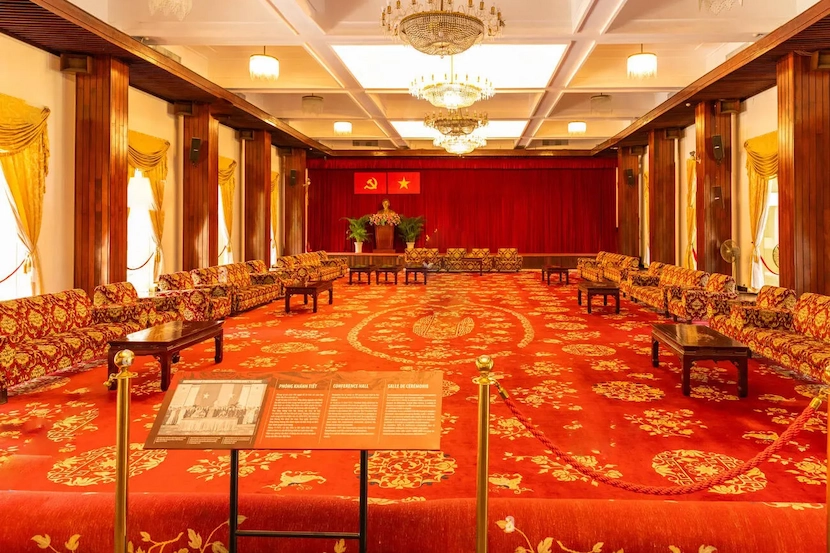
The fixed area of the Saigon Independence Palace has more than 100 rooms decorated in many different styles, including the Office of the President & Vice President, cabinet room, grand banquet room, reception room, commission room, presidential families' resting rooms, etc., and other parts such as kitchens, hallways, etc.
4.2. The Thematic Area
This section displays items relating to themes such as the Paris Agreement and the Ho Chi Minh Campaign with preliminary documents, the Ho Chi Minh Trail through documents of the Saigon government, a photo exhibition, etc. When you visit, you can look back at vivid photos of the past and discover historical markers not found in books or newspapers.
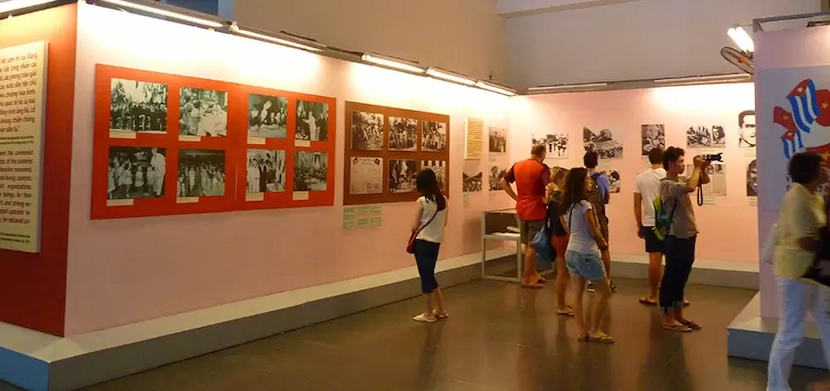
In addition, history lovers should not forget to visit the exhibition area "From Norodom Palace to Independence Palace 1868-1966". It simulates the creation, construction, and important milestones of the Independence Palace. This area can be considered the only place in the Independence Palace that retains the most authentic evidence of the severity of the wars in Vietnam.
4.3. The Additional Area of Independence Palace
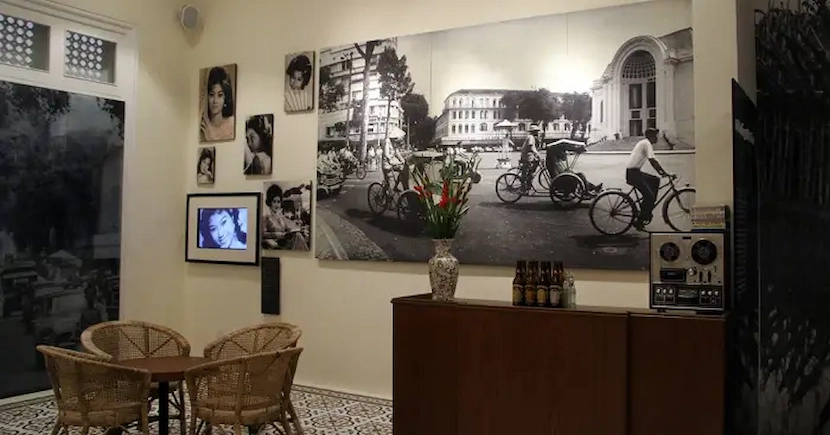
This gallery preserves photographs that were found and collected later. These photos were kept by the people until the day of independence and after the war and sent to the Independence Palace for future generations to pass on.
4.4. Artifacts Kept at The Independence Palace
Ho Chi Minh City's Independence Palace also preserves many war artifacts such as jeeps, cars, combat aircraft, helicopters, tanks, and artworks such as the oil painting of the Vietnamese village completed by architect Ngo Viet Thu in 1966 and the painting of "Binh Ngo Dai Cao" - the so-called 2nd Declaration of Independence of Vietnam - including 40 parts depicting the life of Vietnamese people in the 15th century.

5. Opening Hours of Independence Palace
The palace is open to visitors every day, including Tet holidays (except for important occasions). Morning visiting hours are from 08:00 a.m. to 04:30 p.m. Because it is located in the city center, moving to Ho Chi Minh City's Independence Palace is easy. You can go by car, motorbike or even bus. If you arrive by bike, you can search Google Maps for directions. Or if you are new to HCMC, come by bus with 001, 002, 03, 04, 05 routes.
6. Notes
- Follow the signs and instructions of the staff
- Please do not bring your luggage to the monument unplanned
- Do not bring animals
- Do not carry weapons, toxic substances, or explosives
- Visitors are solely responsible for any damage to the monument if violated
- In addition, the area is large, so you can buy a map of the Independence Palace
The Independence Palace is not only a symbol of Saigon but also the pride of Vietnamese people. Visiting this location will be a memorable experience during your trip to Ho Chi Minh City.
If there are any questions about Ho Chi Minh City tours, please feel free to leave a comment below, or contact us via email: [email protected] or WhatsApp: +84 382 536 266 for instant assistance and free consultations.
See more articles:
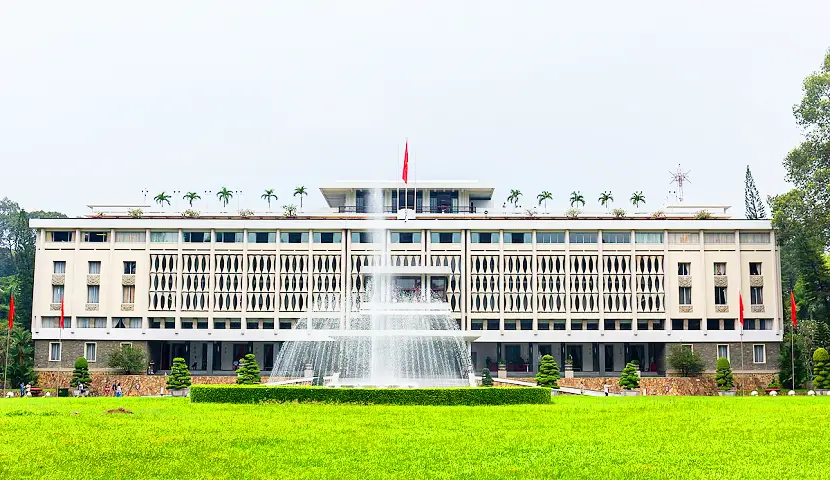







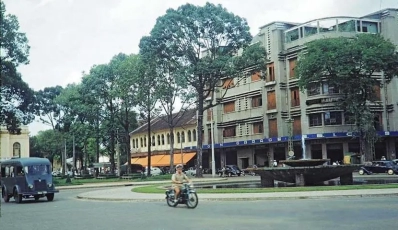

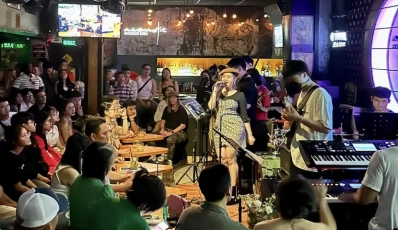
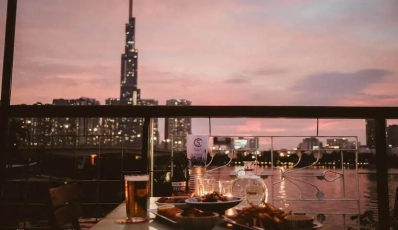
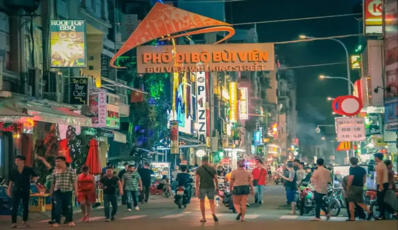

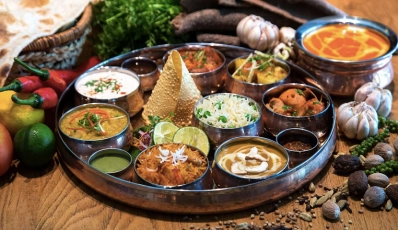
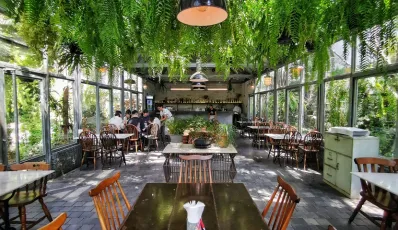
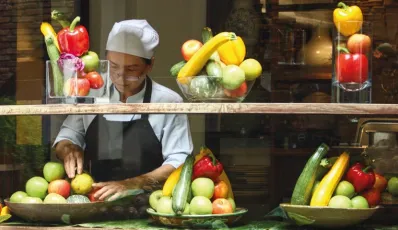




 TRAVELERS' CHOICE 2025
TRAVELERS' CHOICE 2025 


